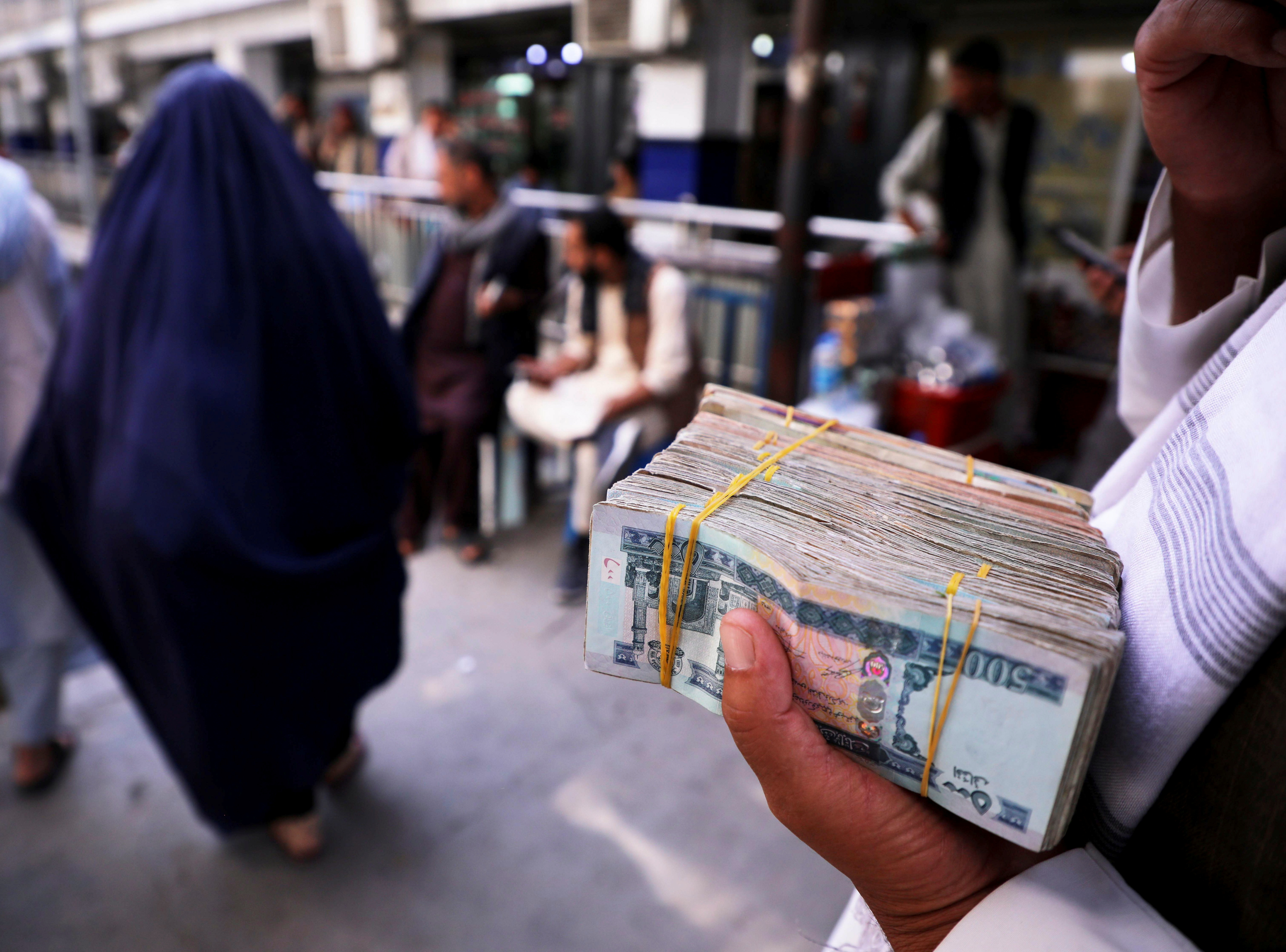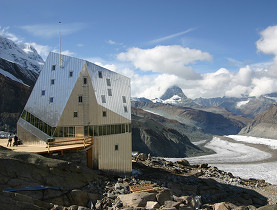Swisspirit prepares for rough ride in Australia

The world's toughest test for solar cars begins later this month with Swisspirit driver Simon Röösli raring to go along a race track of more than 3,000 kilometres.
Röösli enjoys the idea that he will not have to travel from Darwin to Adelaide lying down in the cockpit like his predecessors; he can sit in a seat like any normal car driver.
But he admits that he is just a little nervous ahead of the World Solar Challenge. He’s been waiting since 2006 to be able to climb aboard the new Swisspirit solar car, which will whizz along the roads at breathtaking speeds.
The race, which takes place every two years and first began in 1987, is a tradition for the Swiss. The solar cars – designed by the Bern University of Applied Sciences in Biel – have regularly finished among the leaders and even won with Spirit of Biel II in 1990.
The latest Swisspirit is the brainchild of WSCO7, a non-profit organisation based in La Neuveville on Lake Biel. Its aim is to foster research, development and the spread of new technologies for people and their environment.
“Fine tuning”
Röösli told swissinfo.ch the car was due to arrive in Darwin on October 15 for fine tuning. Testing was taking place a week before the start on October 25.
Testing will be tough because the solar cars in the race have to stand up to rather special traffic conditions.
It’s no secret that in Australia kangaroos jump out in front of radiator guards… and that’s why many outback vehicles sport huge radiator protection bars as a safeguard. It may come as no surprise that these vehicles weigh up to two tons or more, whereas a solar car is only around 200kg.
Overtaking is also not without its risks for solar cars. Many road trains travel south from Darwin. These are trucks pulling several trailers and can weigh a hefty 100 tons or more.
To overtake one of them with a 220kg vehicle means you have to contend with a hefty air pressure, Röösli said. It will certainly mean sweating.
Sweat
But Röösli will also have to sweat without road trains and kangaroos. It is spring in the southern hemisphere and after the wet tropical heat of Darwin, there will be the dry heat of the desert. And air conditioning in Swisspirit is not an option – for the time being.
Wearing a helmet is a must: “I reckon the temperature in the vehicle will go up to 50 degrees Celsius,” he said.
He’ll have to stand this for four to five hours a day and that is why teamwork is essential. “Two drivers are foreseen but a third could also take part.”
“We’re allowed to drive from 8am to 5pm but we don’t know when we can take our breaks. There are no toilet stops programmed but then it doesn’t matter too much because we sweat so much!”
There will however be quite a few stops for media interviews, but these cannot be planned in advance.
Each solar car is accompanied by two vehicles. “One travels in front and makes sure that other road users know [ that we’re coming] and one travels behind,” Röösli said.
He added that the technical progress made over the past two decades had not only resulted in an increase in vehicle speed, but also in an increase of the conditions set by the organisers.
Prototypes
As a result, the race has come closer to driving in a normal car, which is also the aim of these prototypes. Indicators, a horn, lights and safety belts have all been added.
The driver also has to be able to get out of the car on his own in 15 seconds. The surface area of the solar panels on the cars has also been reduced from eight to six square metres.
Drivers now also have to be in a sitting position, which has a big influence on the shape of the car.
A week after arrival, the race will be all over, and for some of the team members there will be time to take a dip in the Pacific to cool down.
But Röösli has other ideas and will travel on. “I’m really a biologist and less of a solar specialist. So for me the journey goes on from Australia to Borneo, where I can turn my attention to the behavioural patterns of orang-utans.”
Alexander Künzle, swissinfo.ch (Adapted from German by Robert Brookes)
Born in Solothurn in 1979, Röösli lives in Neuchâtel where he finished his studies in biology in 2007.
His specialised fields include parasitology and behavioural relationships.
Over the past two summers Röösli worked as a site supervisor with a company called energiebüro, which has been an internationally recognised competence centre for solar power plants since 1996.
In the future, he would like to spend more of his time on animal and nature photography.
The Australian race is considered the toughest test for solar cars from all over the world.
It goes from Darwin in the north to Adelaide in the south over a distance of just over 3,000 kilometres.
The Spirit of Biel, designed by the Biel School of Engineering, won the race in 1990.
Until 1999, the race was held every three years but it now takes place biennially.
The 2009 race starts on October 25 and will last for around a week.

In compliance with the JTI standards
More: SWI swissinfo.ch certified by the Journalism Trust Initiative













You can find an overview of ongoing debates with our journalists here . Please join us!
If you want to start a conversation about a topic raised in this article or want to report factual errors, email us at english@swissinfo.ch.